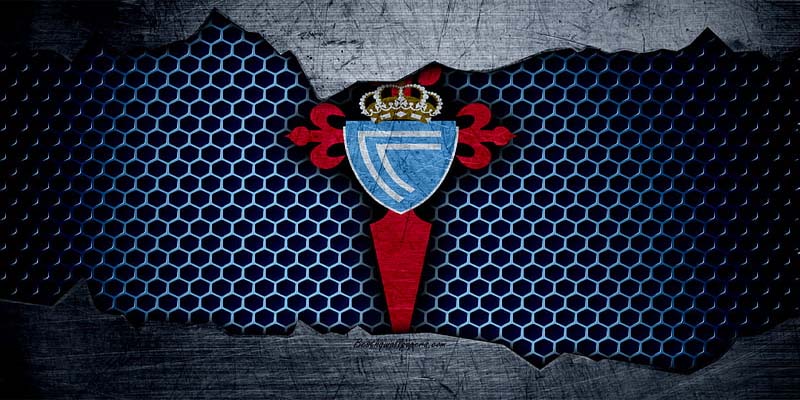Celta Vigo Football Club is not just a sports team; it is a symbol of pride for the people of Galicia and a testament to the rich history of football in Spain. Founded in 1923, Celta has carved out its niche in the competitive landscape of La Liga while fostering a strong connection with its fans. This CWIN delves into the club’s illustrious past, its achievements on both domestic and international fronts, and the bright future that lies ahead.
Introduction to Celta Vigo
Celta Vigo Football Club has served as a beacon of hope and aspiration in Spanish football for nearly a century. Nestled in the city of Vigo, in the northwest region of Galicia, the club has become an integral part of the community’s identity. With a passionate fan base and a commitment to nurturing local talent, Celta Vigo embodies the spirit of resilience and determination that characterizes its home region.
Throughout its history, Celta Vigo has experienced ups and downs but has maintained a steadfast commitment to its core values. This dedication, coupled with a rich cultural backdrop, has allowed the club to develop a unique identity in the world of football. The following sections will take you through the journey of Celta Vigo, exploring the milestones achieved, challenges faced, and the exciting future that awaits.
History and development of Celta Vigo
The inception of Celta Vigo dates back to the early 20th century, a time when football was gaining traction in Spain. However, it wasn’t until the merger of two local clubs—Real Club Celta de Vigo and Club Fortuna de Vigo in 1923—that Celta Vigo Football Club as we know it was formed.
This partnership marked the beginning of a new era for the club, setting the stage for its growth within the Spanish football framework. In the early years, Celta competed in regional leagues before transitioning to national competitions. The club’s initial success came in the form of promotion to La Liga in 1939, where it began to establish itself as a noteworthy competitor.
As the years progressed, Celta Vigo became known for its attacking style of play, which resonated well with football enthusiasts. This characteristic remains integral to the team’s philosophy today. With a blend of homegrown talent and strategic signings, Celta gradually began to solidify its position in the top tier of Spanish football, competing against some of the nation’s most illustrious clubs.
Key milestones in the club’s history
The journey of Celta Vigo is punctuated by several key milestones that have shaped the course of the club. While there have been highs and lows, each event has played a crucial role in defining the ethos and trajectory of Celta Vigo Football Club.
One of the significant milestones occurred in the late 1940s when Celta achieved its first major trophy, lifting the Copa del Rey in 1941. This victory not only heightened the club’s profile but also instilled a sense of belief among players and supporters alike. Furthermore, it positioned Celta as a formidable opponent in domestic competitions.
The 1990s marked another pivotal period in the club’s history. Under the management of notable coaches and with a talented squad, Celta enjoyed a successful run in La Liga, finishing in the upper table consistently. The establishment of the club’s youth academy during this period further emphasized the commitment to developing local talent, laying the foundation for future successes.
More recently, the turn of the millennium brought new challenges as the club faced relegation battles. Yet, these difficulties ultimately led to a renaissance for Celta Vigo, culminating in the memorable 2016–17 season, where they finished in the top half of the league and reached the semi-finals of the UEFA Europa League.
Challenges and successes during its growth
Celta Vigo’s history has been a rollercoaster ride, filled with challenges that tested the club’s resilience. Financial difficulties have often plagued clubs of similar stature, and Celta was no exception. The economic crises of the late 2000s forced the club to reconsider its financial strategies, leading to strict budgeting and a focus on youth development.
Despite these setbacks, Celta managed to navigate through turbulent waters successfully. The club’s proactive approach to governance, including reforms in management and infrastructure, laid the groundwork for improved performances on the pitch. By prioritizing stability over immediate success, Celta began to rise again, demonstrating that perseverance can yield results.
Moreover, the relationship between the club and its local community has always acted as a catalyst for success. Fans have rallied behind Celta through thick and thin, creating a supportive atmosphere that motivates players to perform at their best. This unity is visible on match days at Balaídos Stadium, where the electric atmosphere serves as a reminder of the shared values and ambitions of Celta Vigo Football Club and its devoted supporters.
Conclusion
Celta Vigo Football Club has woven itself into the fabric of Spanish football over the last century, leaving an unforgettable legacy enriched with historical achievements and emotional narratives. As the club embarks on its next chapter, it stands fortified by its proud heritage, passionate fanbase, and unyielding resolve to overcome challenges.


